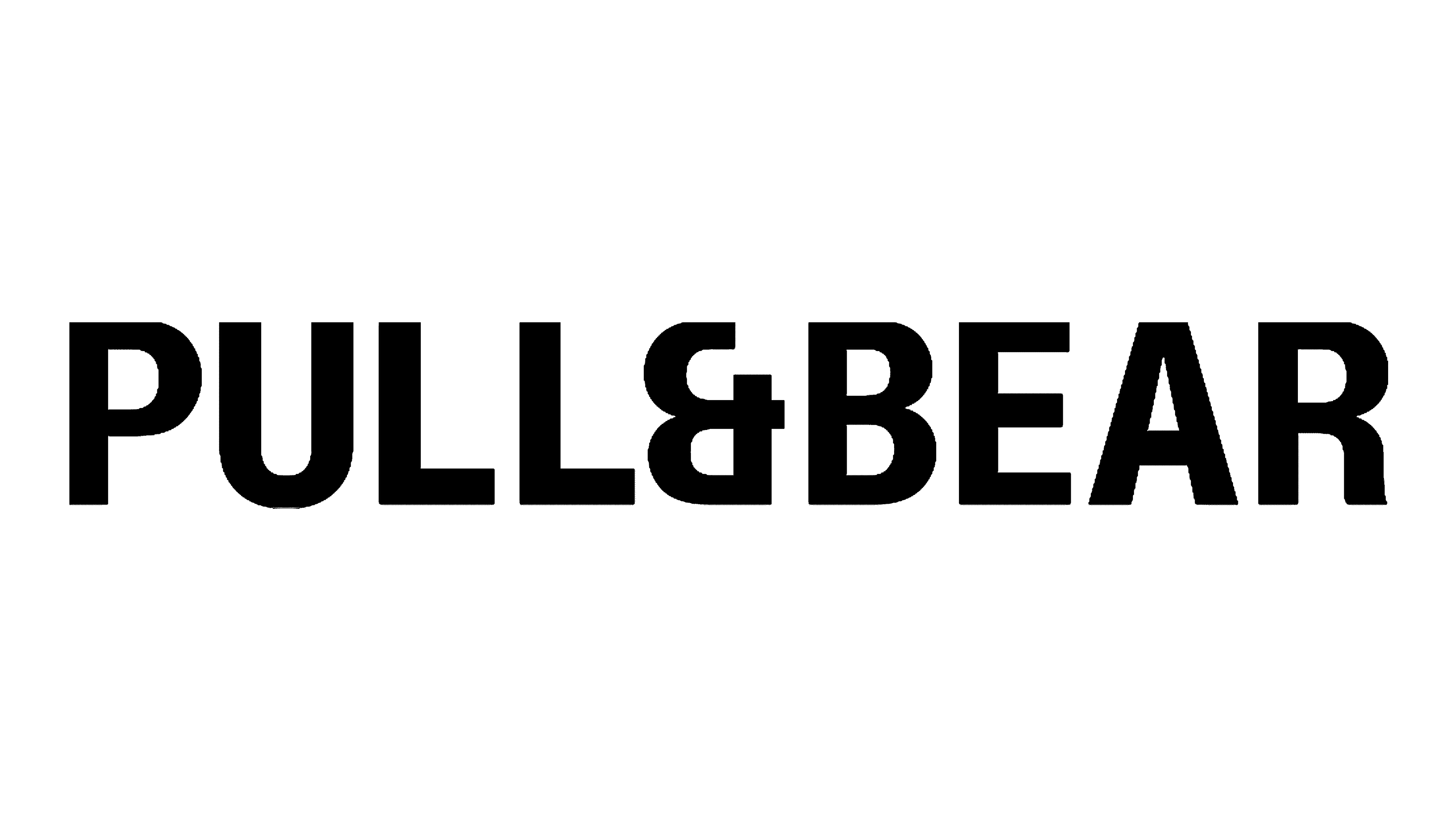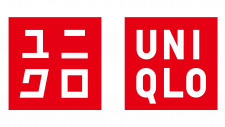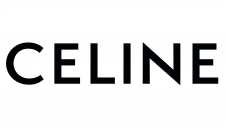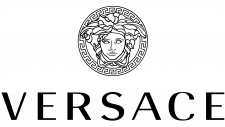Pull&Bear Logo
Pull&Bear, part of Inditex Group, is a Spanish clothing and accessories retailer. It targets a youthful audience with trendy, casual wear. Focused on sustainability, Pull&Bear offers a wide range of fashion products. Its primary markets include Europe, Asia, and America, appealing to young, fashion-conscious consumers. Inditex, a global fashion giant, owns Pull&Bear, underlining its commitment to fast fashion and market responsiveness. The brand continuously adapts to emerging trends, prioritizing affordable and accessible fashion.
Meaning and history
AllSaints, a British fashion retailer, was founded in 1994 by Stuart Trevor and Kait Bolongaro. Initially, it started as a wholesale menswear brand that sold exclusively to high-end retailers such as Harrods and Harvey Nichols. The brand’s first standalone store opened in London’s Foubert’s Place in 1997, marking a significant shift from wholesale to direct retail.
The name “AllSaints” was inspired by All Saints Road in Notting Hill, London, known for its artistic and musical relevance. The brand quickly gained a reputation for its iconic, sharp-edged fashion, especially its signature leather jackets. In 1998, womenswear was introduced, broadening the brand’s appeal.
In 2005, Kevin Stanford and Lynne Walker, then major stakeholders, sold a majority stake to Icelandic investment firm Baugur Group. This investment accelerated the brand’s expansion, both in the UK and internationally. However, the 2008 financial crisis hit Baugur hard, leading to a restructuring of AllSaints’ ownership.
In 2011, Lion Capital LLP, a private equity firm, acquired a majority stake in AllSaints, injecting substantial capital into the business. This new investment enabled further international expansion, particularly in the U.S. and Asia. The company also began to focus more on digital sales channels, responding to the growing trend of online shopping.
Under Lion Capital, AllSaints expanded its product range and ventured into accessories and footwear. The brand also launched a series of collaborations and multimedia projects, showcasing its commitment to a holistic fashion and lifestyle approach.
In 2016, a 25% stake in AllSaints was acquired by Chinese conglomerate Shandong Ruyi. This move was part of a strategic plan to penetrate the Asian market more deeply, acknowledging the region’s growing significance in the global fashion landscape.
Today, AllSaints continues to be known for its contemporary and innovative designs, maintaining a strong presence both in physical retail and online. The brand’s ability to adapt to changing market dynamics and consumer preferences has been crucial to its sustained relevance in the competitive fashion industry.
1991 – 2000s
The visual emblem presented showcases the name “PULL & BEAR CLOTHING COMPANY” in a contemporary, unembellished typeface, projecting a sleek and urbane aesthetic. The configuration is straightforward, with the brand’s name occupying the upper tier in a larger, emphatic scale, while “CLOTHING COMPANY” is positioned directly beneath, extending its breadth marginally beyond its predecessor. Noteworthy is the artful twist on the conjunction symbol “&,” fashioned with an elongated loop that gracefully underlines the primary brand identification, infusing a subtle creative touch into the otherwise stark and refined textual representation. This typographic approach conveys a sense of modern sophistication and understated style, aligning with the apparel brand’s image that resonates with a youthful and contemporary demographic. The monochrome palette reinforces the brand’s versatile and timeless appeal.
2000s – 2010
The emblem presented is a graphic representation for the label “Pull and Bear,” rendered in a distinctively modern, sans-serif font. Each letter is crafted with a strong, uniform weight, imparting a bold and direct message. Unlike the previous logo which utilized a stylized ampersand to connect the two words, this version opts for a more straightforward approach, spelling out “and” in lowercase, which bridges “Pull” and “Bear” together. The design is starkly minimalist, with no additional adornments, underscoring the brand’s chic simplicity. This stripped-back style contrasts with the earlier logo that featured a more decorative ampersand, indicating a shift towards a more refined and contemporary branding strategy.
2010 – 2023
This logo showcases the name “PULL&BEAR” in a bold, sans-serif typeface, with the characters tightly spaced. The ampersand is stylized, resembling a knot, adding a unique graphic element that links the two words together. Unlike the previous logos, this design opts for a seamless flow between “PULL” and “BEAR” without additional text, creating a cohesive and striking brand mark. The uniformity in font size and the absence of any dividing elements give it a modern, edgy look, resonating with the brand’s youthful and contemporary image. This iteration of the logo is more streamlined and compact compared to its predecessors, emphasizing a strong and unified brand identity.
2023 – Today
The logo displays “PULL&BEAR” in a bold, contiguous sans-serif font. The ‘&’ is an artistic linkage between ‘PULL’ and ‘BEAR’, creating a singular visual unit. Compared to earlier versions, this design enhances cohesion by merging ‘Pull’ and ‘Bear’ into a single, uninterrupted statement. The stark contrast between the bold letters and the plain background epitomizes a modernist design ethos. This rendition retains the previous version’s streamlined minimalism but enhances visibility and brand recall through its compactness and pronounced typography.















